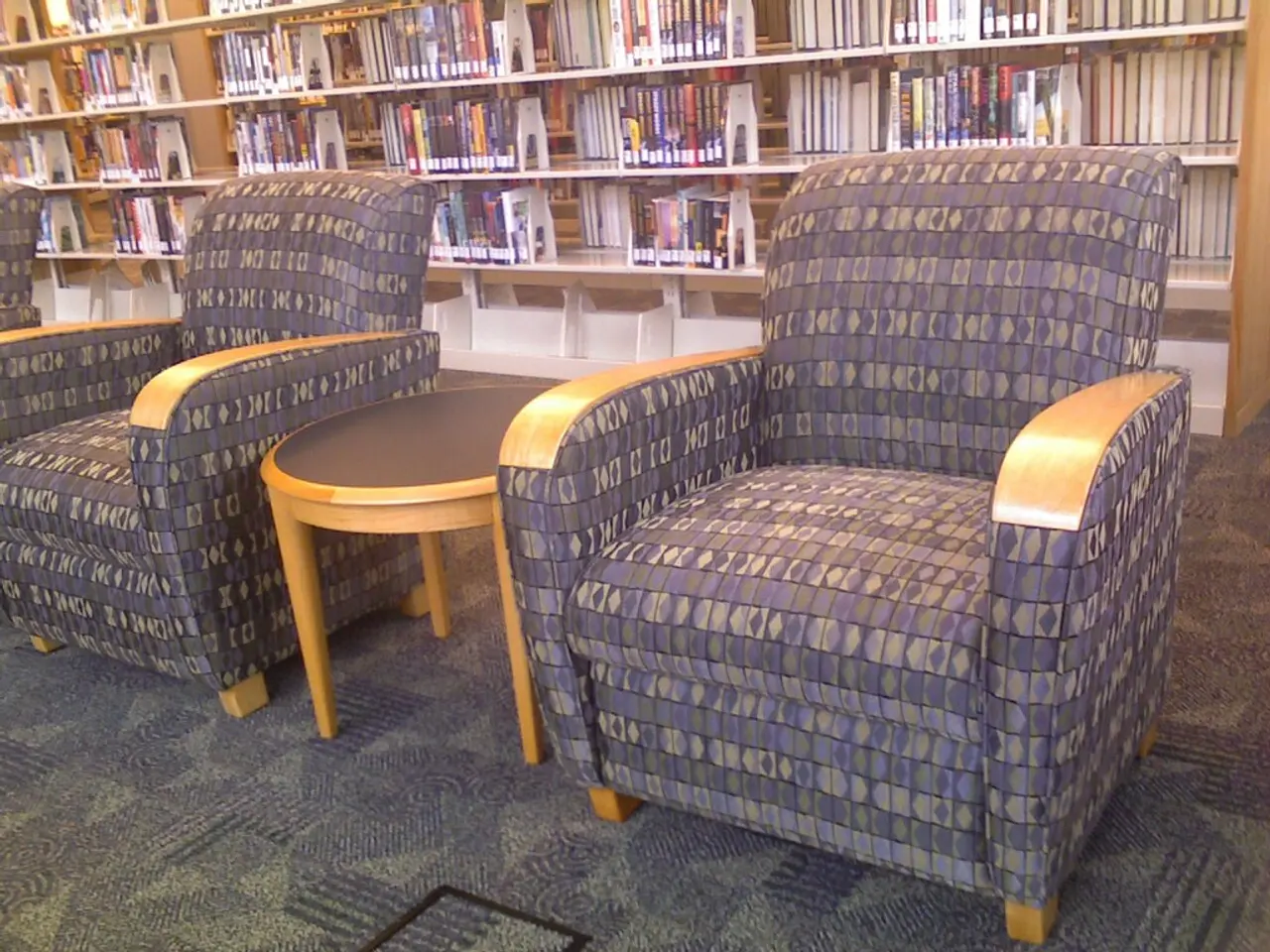Factors determining the overall cost of carpet installation
In the world of home renovations, choosing the right flooring can be a daunting task. This article aims to provide a comprehensive guide to carpet installation, its costs, and the factors that influence these expenses.
Carpets made from high-end materials like wool are often more expensive due to intricate manufacturing processes, specialized installation techniques, and the need for skilled labour. However, for those looking for alternatives, luxury vinyl tiles from brands like Karndean might be a suitable option for a busy family home. Another consideration could be stair runner ideas, which can be a good solution if you've recently renovated a wooden staircase but want to add an additional layer to dampen the noise and improve the feel underfoot.
Before embarking on a carpet fitting project, it's essential to prepare the subfloor. The area should be dry, level, sound, and dust-free, and prepared to British Standards. It's also crucial to ensure there are no sources of excessive moisture in the area, such as damp walls, as this could damage the carpets over time if fitted in unsuitable conditions.
The cost to have a carpet professionally installed by a specialist company in Germany is typically around 20 to 25 euros per square meter, including preparation and laying services. Each carpet and flooring project is unique, and factors like the shape of the project room, carpet thickness, labour costs in the area, and additional factors like underlay, grippers, and subfloor preparation can influence the final bill.
The price for carpet installation can depend on the size of the area being carpeted. In the UK, the cost of carpet installation ranges from £150-£200+ per day for most carpet fitters. However, installing an expensive carpet without the right underlay can lead to a lack of softness and durability, negatively affecting the overall experience. A quality underlay will not only add comfort and bounce but will also significantly improve how the carpet looks and performs over time, making it an essential part of the investment.
For those with a reasonable level of DIY skill, fitting a new carpet themselves on a new home where the floors are even and smooth might be a viable option. However, it's recommended to ensure the room is clear of furniture and clean, and to communicate any concerns with the installer when booking them for the job to keep costs down.
Certain floor coverings, like natural flooring made with plant fibres, require a 'double stick' method for long-lasting results, which may increase installation costs. Stairs with turns and winders also require thoughtful planning and expertise, particularly if the chosen carpet has a pattern or stripes, and may increase installation costs.
Lastly, it's worth noting that choosing the right flooring for your home doesn't just involve considering carpet. There are a wide range of options available, and what you choose will depend on your budget, lifestyle, and personal style preferences. Budget-friendly options like polypropylene (olefin) carpets and loop pile (berber) carpets made from synthetic fibres offer reasonable durability at a lower price point. On the other hand, natural fibres need to acclimatize to the room's environment for at least 48 hours before installation.
In conclusion, while carpet installation can seem like a complex process, with the right planning and understanding of costs, it can be a rewarding addition to your home.
Read also:
- Peptide YY (PYY): Exploring its Role in Appetite Suppression, Intestinal Health, and Cognitive Links
- Toddler Health: Rotavirus Signs, Origins, and Potential Complications
- Digestive issues and heart discomfort: Root causes and associated health conditions
- House Infernos: Deadly Hazards Surpassing the Flames







